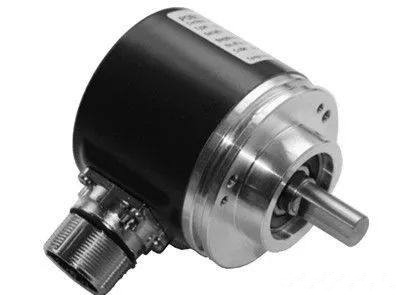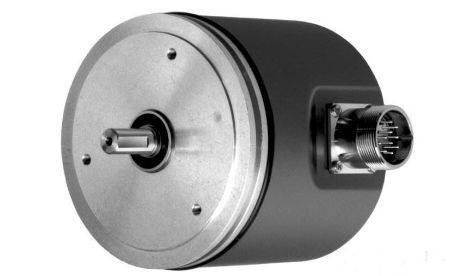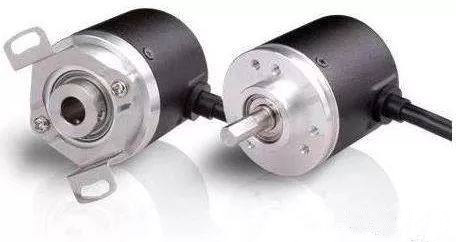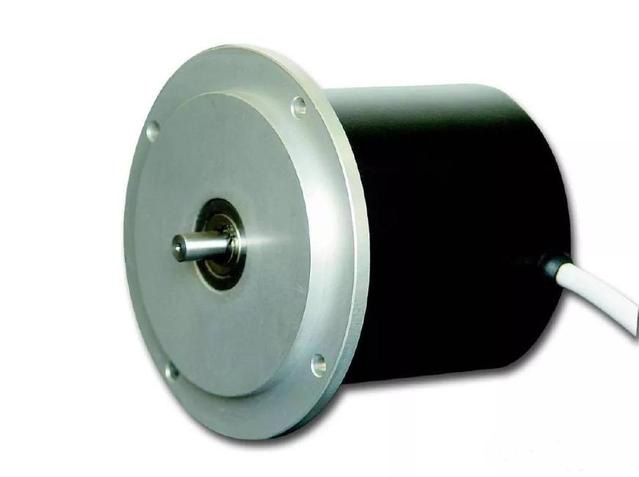Why should an encoder be installed in the motor
Why should an encoder be installed in the motor
Students from a certain college visited Ms. Sen’s factory and happened to see workers installing encoders for a batch of motors in the assembly branch. A few very curious little brothers asked the technician Xiao D, who was instructing the workers to operate: Why should the motor be equipped with an encoder? okplazas.com explained that the encoder is a signal sensor, which transmits the running status of the motor to the motor controller in real time to realize the speed regulation, start and stop of the motor. Today, we will take this topic to talk about the encoders commonly used in motors.

Basic classification of encoders
Encoder is a precision measuring device that combines mechanical and electronic tightly. It encodes and converts signals or data for communication, transmission and storage of signal data. According to different characteristics, the encoder classification is as follows:
● Code wheel and yardstick. The encoder that converts linear displacement into electrical signals is called a code ruler, and the encoder that converts angular displacement into telecommunications is a code disc.
● Incremental encoder. Provides information such as position, angle and number of turns, and defines the resolution ratio with the number of pulses per turn.
● Absolute encoder. Provide information such as position, angle and number of turns in angle increments, and each angle increment is assigned a unique code.
●Hybrid absolute encoder. The hybrid absolute encoder outputs two sets of information: one set of information is used to detect the magnetic pole position with absolute information function; the other set is exactly the same as the output information of the incremental encoder.

The difference between incremental and absolute encoders
Incremental encoders convert displacement into periodic electrical signals, which are then converted into count pulses. The number of pulses indicates the magnitude of the displacement; in absolute encoders, each position corresponds to a certain digital code, which represents the value It is only related to the start and end positions of the measurement, and has nothing to do with the middle process of the measurement.

When using an incremental encoder, the position is determined by the number of pulses counted from the zero mark, while the position of an absolute encoder is determined by the reading of the output code. In a circle, the reading of the output code of each position is unique; Therefore, when the power is disconnected, the absolute encoder is not separated from the actual position. If the power is turned on again, the position reading is still current and valid.

Parameters to be determined when selecting the encoder
● Installation size, wire outlet method and protection. Including two aspects: positioning spigot, shaft diameter, installation hole position, cable outlet method. Installation space volume; whether the working environment protection level meets the requirements.
● Resolution. The number of pulses output per revolution when the encoder is working.
● Encoder output electrical interface. The common ones are push-pull output type, voltage output, open collector, line drive output type. Its output mode should match the interface circuit of its control system.

Encoders commonly used in motors
●Incremental encoder
Directly use the photoelectric conversion principle to output three sets of square wave pulses A, B and Z phases. The phase difference between A and B pulses is 90o, which can easily determine the direction of rotation; each pulse of Z phase is used for reference point positioning. Its advantages: the principle structure is simple, the average mechanical life can be more than tens of thousands of hours, the anti-interference ability is strong, the reliability is high, and it is suitable for long-distance transmission. Disadvantage: Absolute position information of shaft rotation cannot be output.

●Absolute encoder
Sensors that directly output digital quantities. There are several concentric code tracks along the radial direction on the sensor's circular code disc. Each track is composed of light-transmissive and opaque sectors. The number of sectors of adjacent code channels is doubled. The number of code channels on the code disc is the number of binary digits. On one side of the code disc is the light source, and the other side corresponds to a photosensitive element for each code track; when the code disc is in different positions, each photosensitive element is based on Whether it receives light or not, the corresponding level signal is converted into a binary number.

The characteristic of this kind of encoder is that it does not need a counter, and a fixed digital code corresponding to the position can be read out at any position of the shaft. Obviously, the more code channels, the higher the resolution. For an encoder with N-bit binary resolution, the code disk must have N code channels. At present, there are 16-bit absolute encoder products in China.





